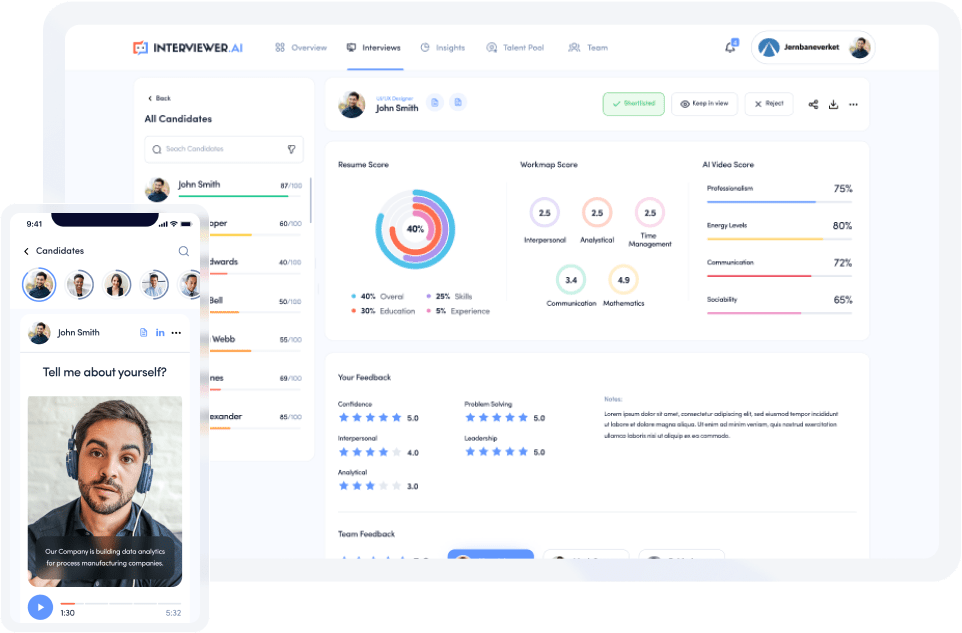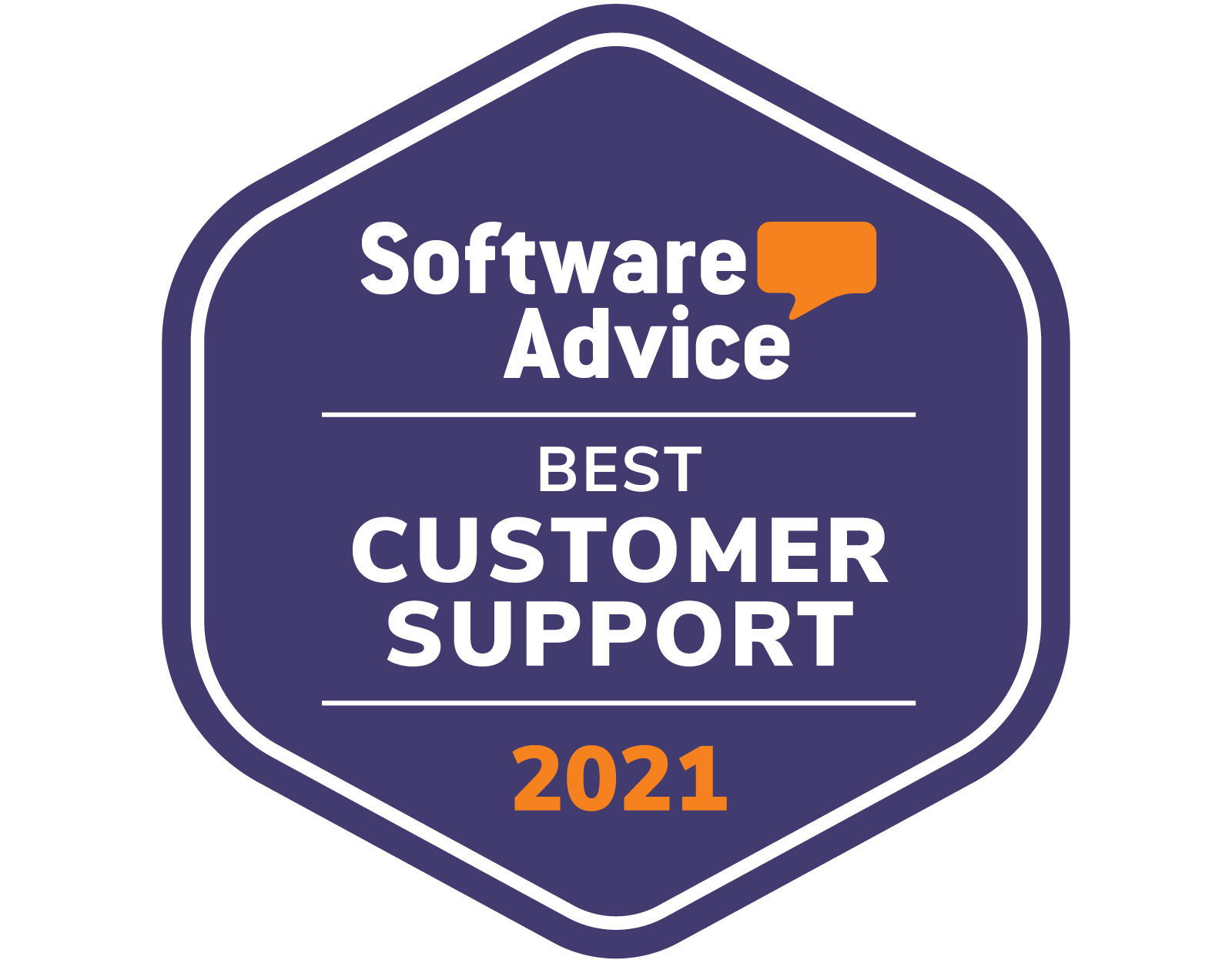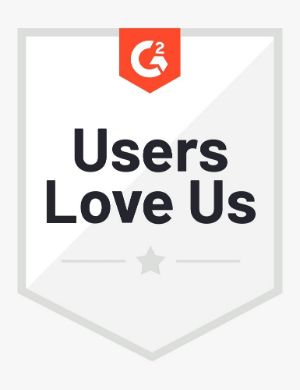Is work from home the new business as usual?
By now you have gotten used to ‘working from home’. You may be yearning for lesser zoom calls or more in-person conversations with colleagues over coffee or lunch, but you realise, this ‘remote working’ phenomenon is here to stay. Professionals spend less time commuting, interactions are minimal, and the time saved has been put to ‘work,’ , even though you will do anything to get out right now.
Companies too are realising the benefits. Productivity among tech coworkers has increased many-folds. A large chunk of business travel that accounts for 20% of all airline travel, and 50% of their revenues is ‘avoidable’ as business gets done and deals are closed over video calls. Workspaces will be largely converted to hot desk, where 100% of employees are not required to be in the office at any given time. Companies save $$$ giving you the flexibility to work a large chunk of your full-time job from home, and limiting office visits only for collaborative work or jobs that require people to meet in person.
We needed a push to change the way we work. And COVID-19 surprisingly acted as that catalyst.
Remote hiring is leading the trend!
Now this will also profoundly change the way we hire. Remote interviewing will become more common, but it starts from somewhere even more basic. For over a century, résumé was the single most important document for a candidate’s application for a job. But modern workforces require competencies that are hard to assess from a résumé such as personality traits, value fit, and soft skills. One of the most reliable ways of discerning these skills is through structured interview techniques. Most commonly those are applied in in-person interviews. But since only about 5% of all applicants are interviewed today, companies are missing out on countless potential candidates, every day!
Age of competency-based evaluation
It’s about time to merge the résumé screening and the interview process into one single system. This shift will require companies to move to a competency-based model where every job description needs to include the top 5-10 competencies required to do the job. The candidate evaluation then needs to score them based on their competence in both hard & soft skills before they are shortlisted for in-person interviews.
This isn’t possible if companies rely solely on résumés as the entry point for job applications. Current recruitment softwares and Application Tracking Systems (ATS) do not capture core attributes or demonstrated soft skills and are likely to miss potentially great candidates. Candidate evaluation needs to be a combination of résumé and interview screening, evaluating the candidate for different competencies and then shortlisting the best candidates that exhibit the desired attributes. It, in essence, means you need to interview every applicant.
Time to redesign our recruitment softwares.
How do we interview every applicant? We need to redesign recruitment softwares where the bulk of the repetitive, tedious, and time consuming tasks like résumé review and phone screening is automated. This can be done by a combination of résumé parsing technology, followed by an assessment of competencies that includes a pre-recorded video interview where a candidate gets to showcase their soft skills such as communication, interpersonal skills, motivation in joining the company, and any other attributes desired by the hiring company, before an in-person round.
All of the data gives the hiring manager a comprehensive view of the candidate and enough insights to decide which of the candidates should be shortlisted for future rounds. To remove any conscious, unconscious and subconscious bias, it is highly recommended that 3-5 members of the hiring team evaluate each candidate’s résumé, assessment, and pre-recorded video response assessments before shortlisting the candidates with the best fit to progress to the next round.
This will fundamentally change the way we hire where employers, by default, will get much more granular information on all the candidates that apply leading to (a) an almost zero likelihood of candidates slipping through the cracks and (b) an avoidance of in-person interviews with candidates that aren’t a good fit; despite maybe having a good résumé.
Ensure exceptional candidate experience.
Employers should opt-in and let the recruitment software share constructive feedback – not on the recruitment process – but on the interview assessment; to ensure every applicant has an exceptional candidate experience, and get a sense of their competencies and where they stand vis-à-vis other candidates.
This process enables lean recruitment teams to be more productive and share the most qualified candidates with hiring managers, resulting in improved ‘quality of hire’ while dramatically reducing ‘time to hire’ and ‘cost of hire’; while also leading to greater applicant satisfaction generating a word of mouth effect for employers.










